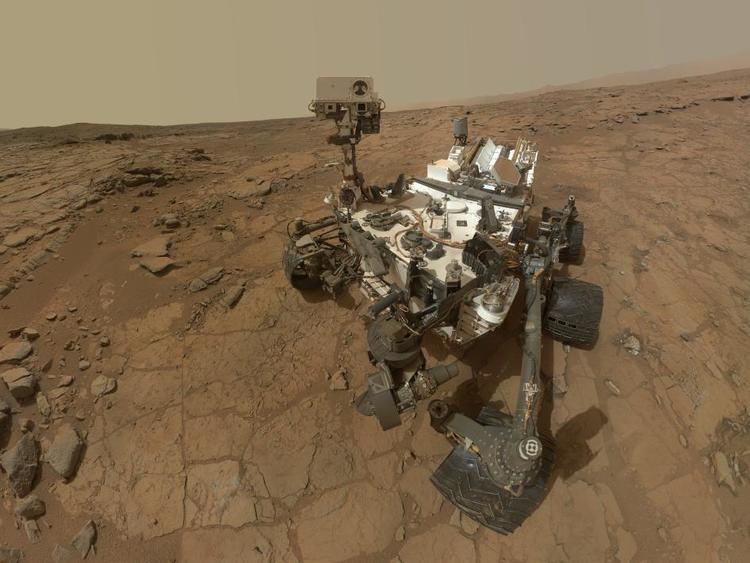 | ||
The North Polar Basin, or Borealis basin, is a large basin in the northern hemisphere of Mars that covers 40% of the planet. Chryse Planitia, the landing site of the Viking 1 lander, is a bay that opens into this basin.
One possible explanation for the basin's low, flat and relatively crater-free topography is that the basin was formed by a single large impact. Two simulations of a possible impact sketched a profile for the collision: low velocity—6 to 10 km (3.7 to 6.2 mi) per second—oblique angle and a diameter of 1,600–2,700 km (990–1,680 mi). Topographical data from Mars Global Surveyor are consistent with the models and also suggest that the elliptical crater has axes of length 10,600 km (6,600 mi) and 8,500 km (5,300 mi), centered on 67°N 208°E, though this has been partially obscured by later volcanic eruptions that created the Tharsis bulge along its rim. There is evidence for a secondary rim as well. This would make the North Polar Basin by far the largest impact crater in the Solar System, approximately four times the diameter of the next largest craters: Utopia Planitia, which is imbedded inside the North Polar Basin, the South Pole–Aitken basin on the Moon, and Hellas Planitia on Mars's southern hemisphere.
